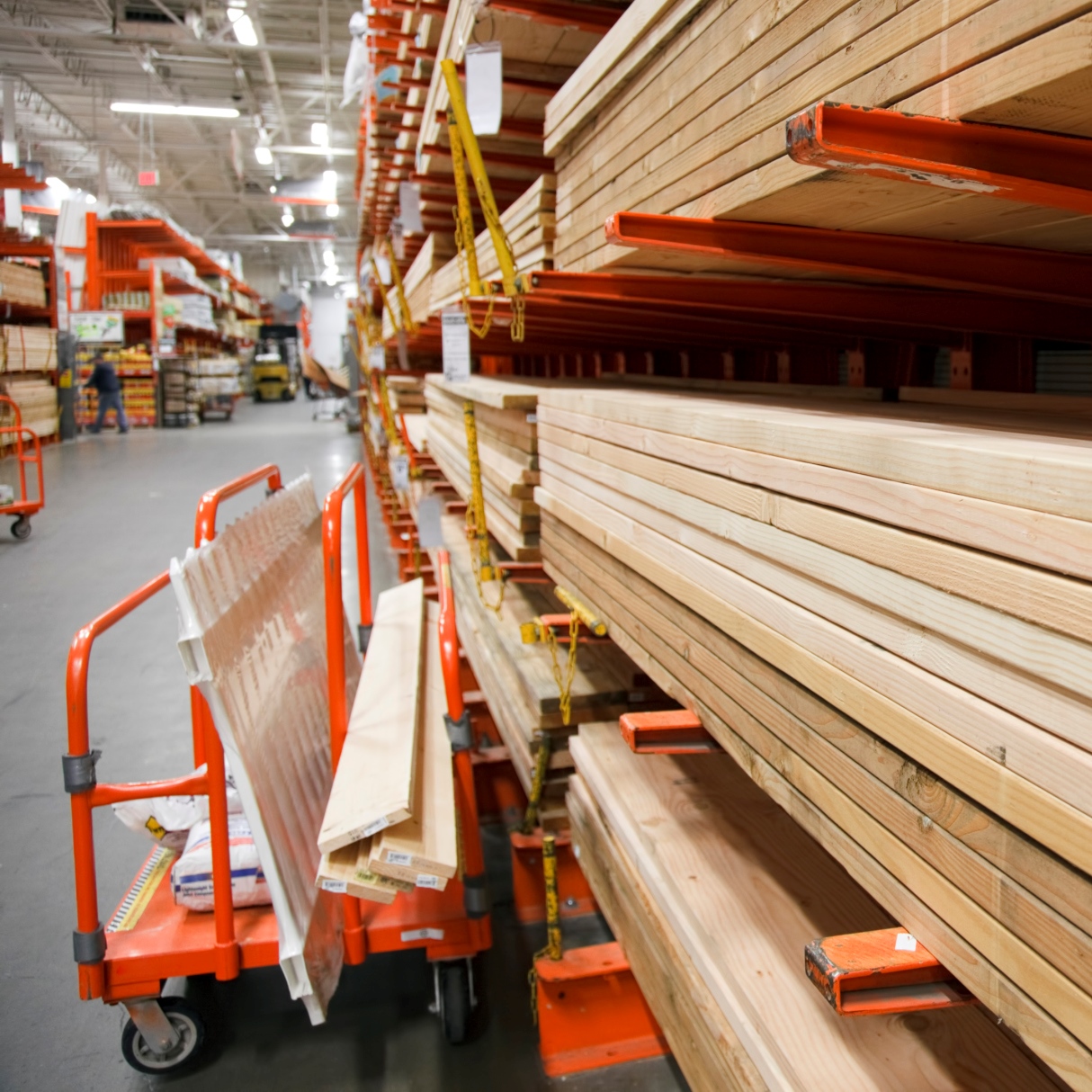Retail
How Home Depot and Lowe's Are Winning in the Omni-Channel While Others Are Losing

Published:
Last Updated:

The old hope of omni-channel sales acting as a boost to retail has come and gone. Most retail outlets have been Amazon-ed into lower and lower margins. Still, the omni-channel impact may be working on the home improvement sector. According to Credit Suisse, omni-channel is working well for the likes of Home Depot Inc. (NYSE: HD) and Lowe’s Companies Inc. (NYSE: LOW).
The firm recently downgraded the retail and consumer durables and apparel segment from Overweight to Market Weight, but Home Depot and Lowe’s are both rated as Outperform at Credit Suisse.
Credit Suisse’s Seth Sigman showed how the omni-channel is contributing to growth at the two home improvement giants. He and his team said:
[W]e believe this analysis supports what could be a structurally higher valuation given the “omni-channel” position. As the market considers where retail stocks are in the disruption scale, we continue to believe HD and LOW are well positioned in their core store channel given the unique service and everyday low price proposition, while this analysis also confirms they are participating in the broader changes in consumer shopping behavior. Specifically, they have invested in and are growing their e-commerce, with a growing percent tied to the store and incremental to the base business, and have new growth opportunities (including gaining more share of the Pro) as a result of these efforts.
Credit Suisse is particularly impressed with the way Home Depot and Lowe’s are leveraging their core assets — brick-and-mortar stores — to grow same-store sales with the use of omni-channel strategies. The analysts drew a handful of key conclusions:
- E-commerce growth is a key contributor to comps, and it has been more incremental relative to other retail categories.
- The fastest growing parts of omni-channel are actually tied to the store.
- There are incremental growth opportunities from improved delivery options, also leveraging the store.
- “Omni-channel” penetration higher than it seems; 15-20% of HD sales involve multiple touch points in the transaction, and HD is well positioned as consumers push that penetration higher.
- These companies have already been investing for some time.
Sigman and his team also noted other differentiators for the home improvement giants:
A growing service business, private label, and proprietary credit card programs: (i) Services accounts for 4% of HD sales, and 8% of LOW. This includes a variety of installation, home maintenance and professional service programs, and includes material and labor. While Amazon is also offering some contractor programs, the offering here is unique when combined with other aspects of the model. (ii) Proprietary credit card accounts for 23% of HD sales, with 13 million members, which equates to an average spend of $1,674 (vs. DIY average spend at HD of $330 and Pro average spend of $6,500). For LOW, this accounts for 28% of sales. (iii) Private label is ~20% for both companies.
Home Depot shares traded down about 0.5% in the noon hour Monday, at $146.97 in a 52-week range of $119.20 to $150.15. The 12-month consensus price target on the stock is $156.10.
Lowe’s traded down 0.3% to $81.96, in a 52-week range of $64.87 to $84.00. The 12-month price target is $86.50.
Retirement planning doesn’t have to feel overwhelming. The key is finding expert guidance—and SmartAsset’s simple quiz makes it easier than ever for you to connect with a vetted financial advisor.
Here’s how it works:
Why wait? Start building the retirement you’ve always dreamed of. Click here to get started today!
Thank you for reading! Have some feedback for us?
Contact the 24/7 Wall St. editorial team.